- The human papillomavirus (HPV) is increasingly being identified as an etiology for head and neck cancer arising from the oropharynx. These tumors usually present in younger patients, frequently lack risk factors such as alcohol and tobacco, and have improved outcomes compared with HPV-negative head and neck cancer.
- Clinical trials are currently evaluating whether treatment deescalation for HPV-associated head and neck cancer will produce similar outcomes in the curative setting.
- Chemoradiotherapy using low-dose cisplatin and radiation remains the standard of care for locally advanced head and neck cancer.
- Immunotherapy drugs are showing great promise as potential therapeutic agents for metastatic head and neck cancer. Both pembrolizumab and nivolumab have been approved for platinum-refractory metastatic disease. Clinical trials evaluating combination immunotherapy and immunotherapy in the curative setting are currently under way.
Latest Updates
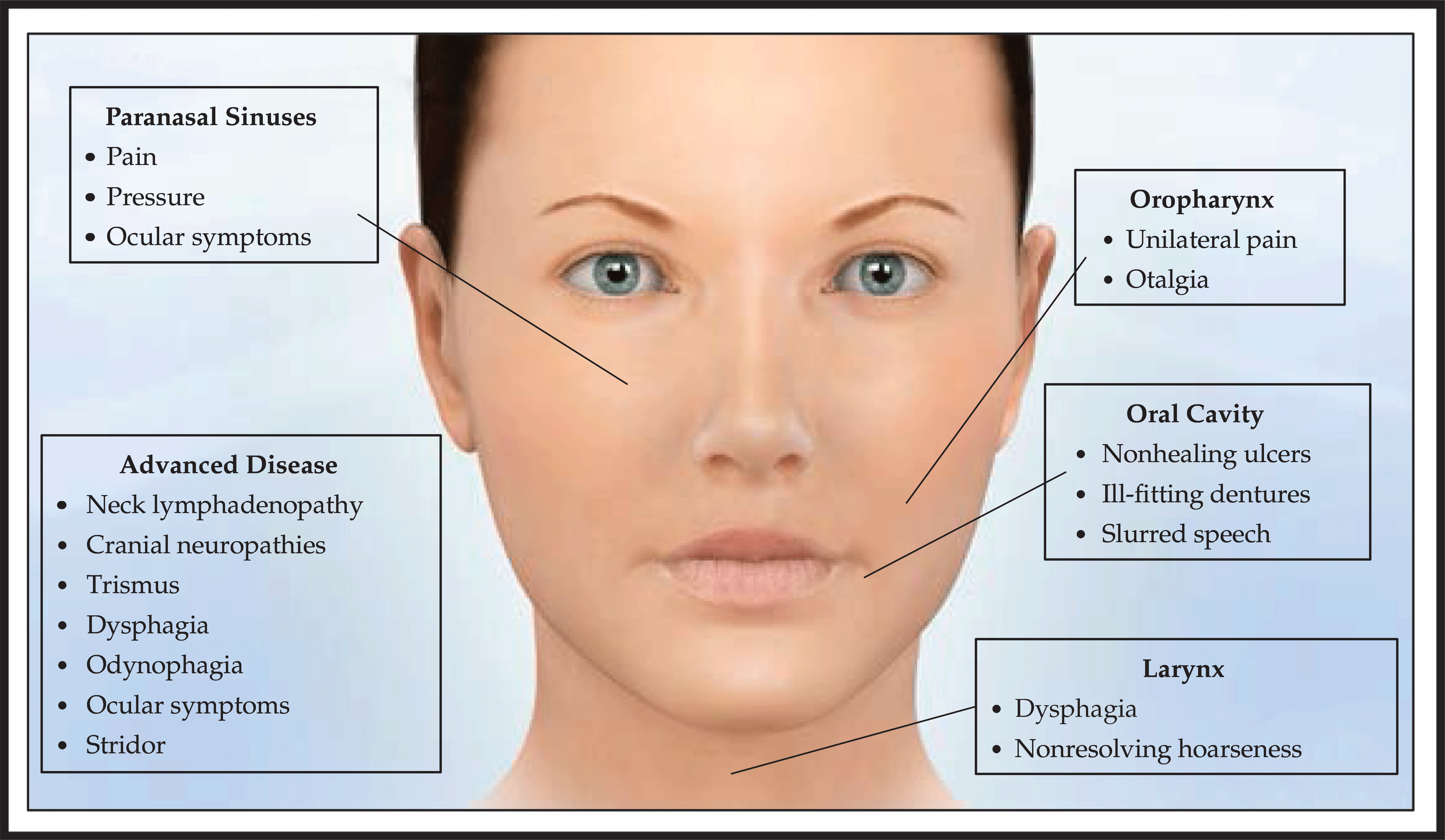
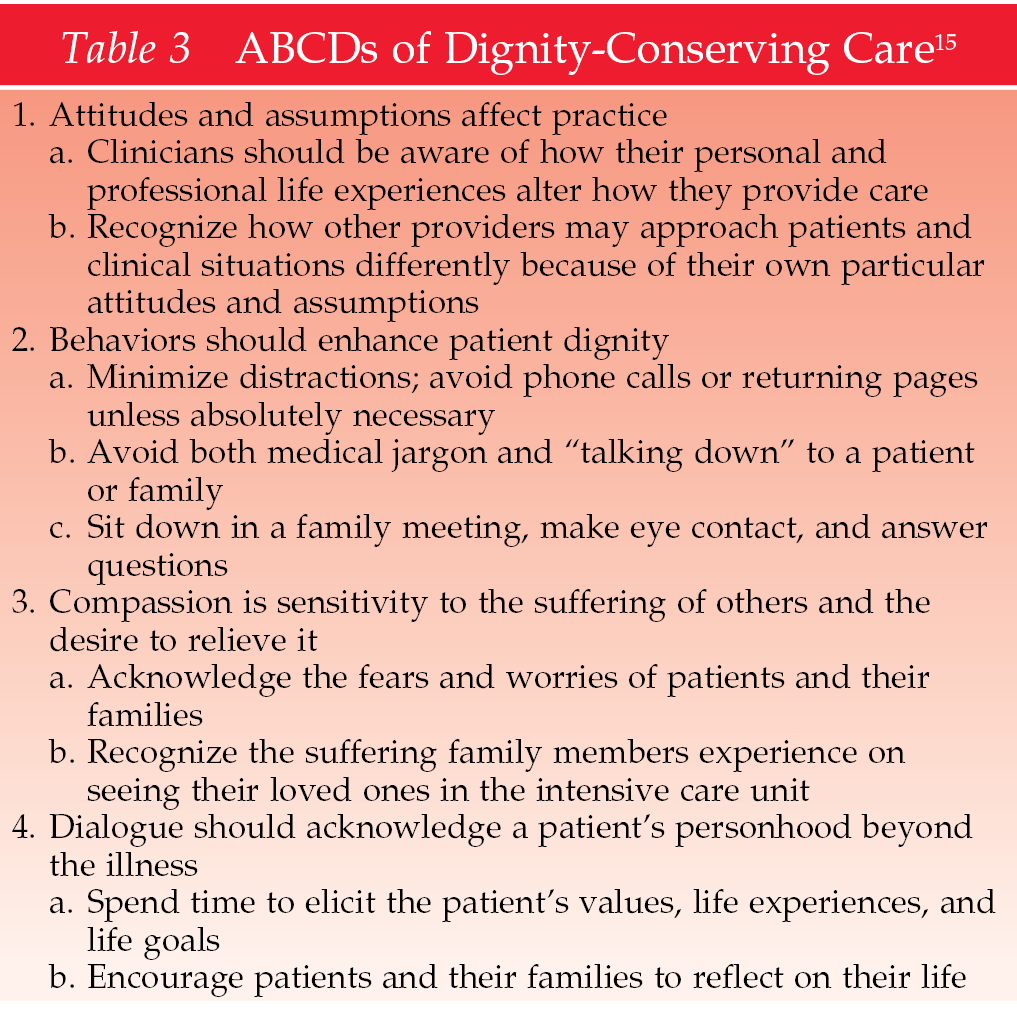
End of Life Care and Withdrawal of Life Support
- Enhanced understanding of differences in palliative care between surgical and medical intensive care units
- Improved specificity of bedside signs and indications for imminent death
- Preoperative detection of frailty using the Risk Analysis Index with subsequent preoperative palliative care consultation may result in decreased postoperative mortality
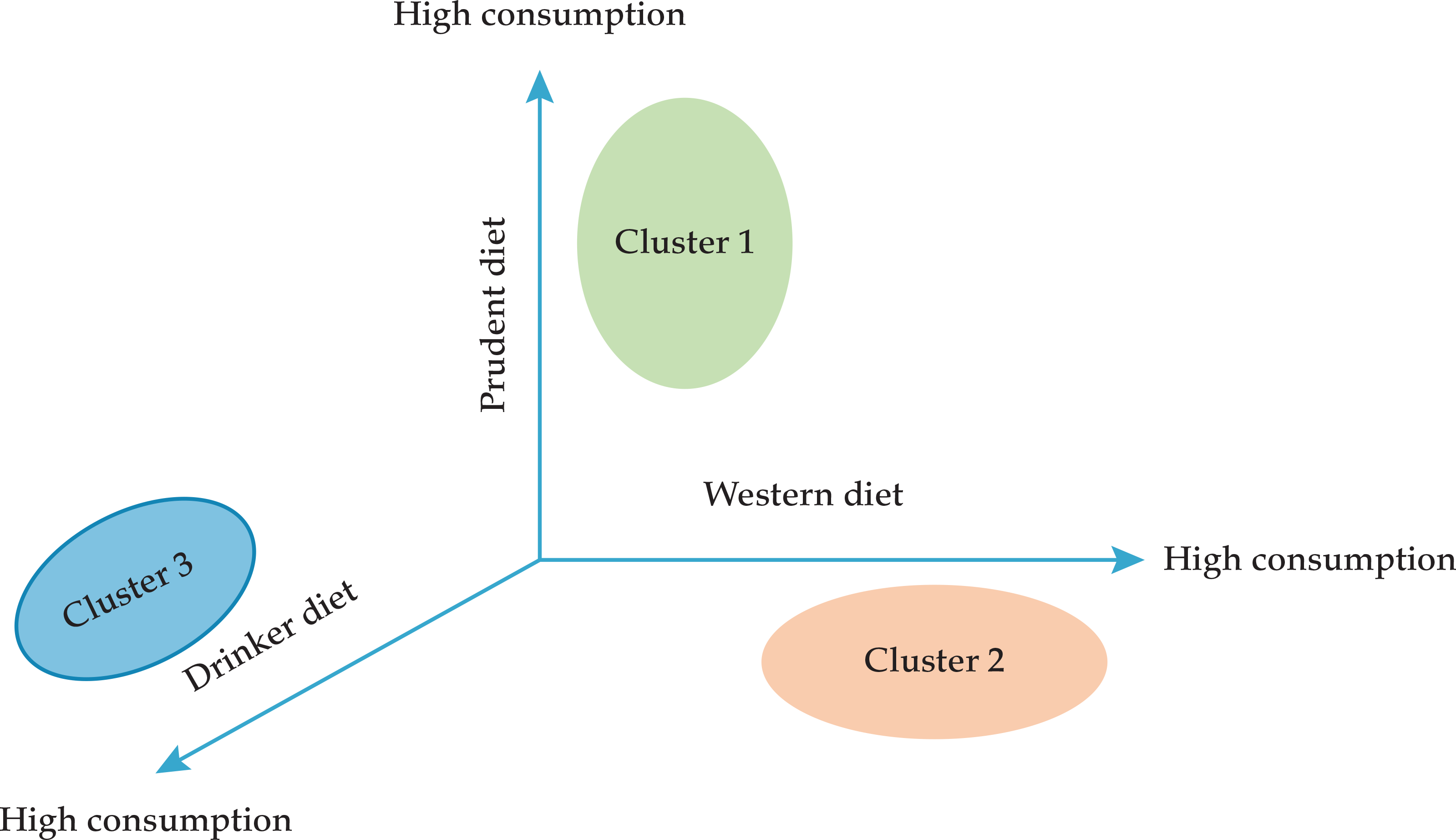
Dietary Patterns And Risk Of Cancer: Current Evidence And Future Directions
- Accumulating evidence suggests that healthy dietary patterns are associated with a reduced risk of cancer.
- Dietary guidelines are moving toward recommending healthy dietary patterns to improve health and reduce chronic disease burden in the US population.
- Continuous efforts need to be devoted to better characterize dietary patterns in association with cancer risk by studying cancer subtypes and population subgroups, with a better approach that can accurately assess dietary patterns throughout the life cycle.

Overview Of Public Health Dietary Guidelines For Prevention Of Cancer
- Obesity is now seen as such an important factor in cancer risk that dietary patterns for cancer prevention should be implemented within the context of influence on reaching and maintaining a healthy weight.
- For reducing cancer risk, the priority is an overall plant-rich dietary pattern, which can be achieved through a variety of choices to match individual needs and preferences.
- Better overall adherence to diet, weight, and physical activity recommendations for physical activity is linked with a lower risk of at least some cancers.
- Dietary guidelines for cancer prevention are not identical to recommendations for prevention of type 2 diabetes and cardiovascular disease but are fully compatible with them, enabling unified and consistent messages about healthful eating patterns.
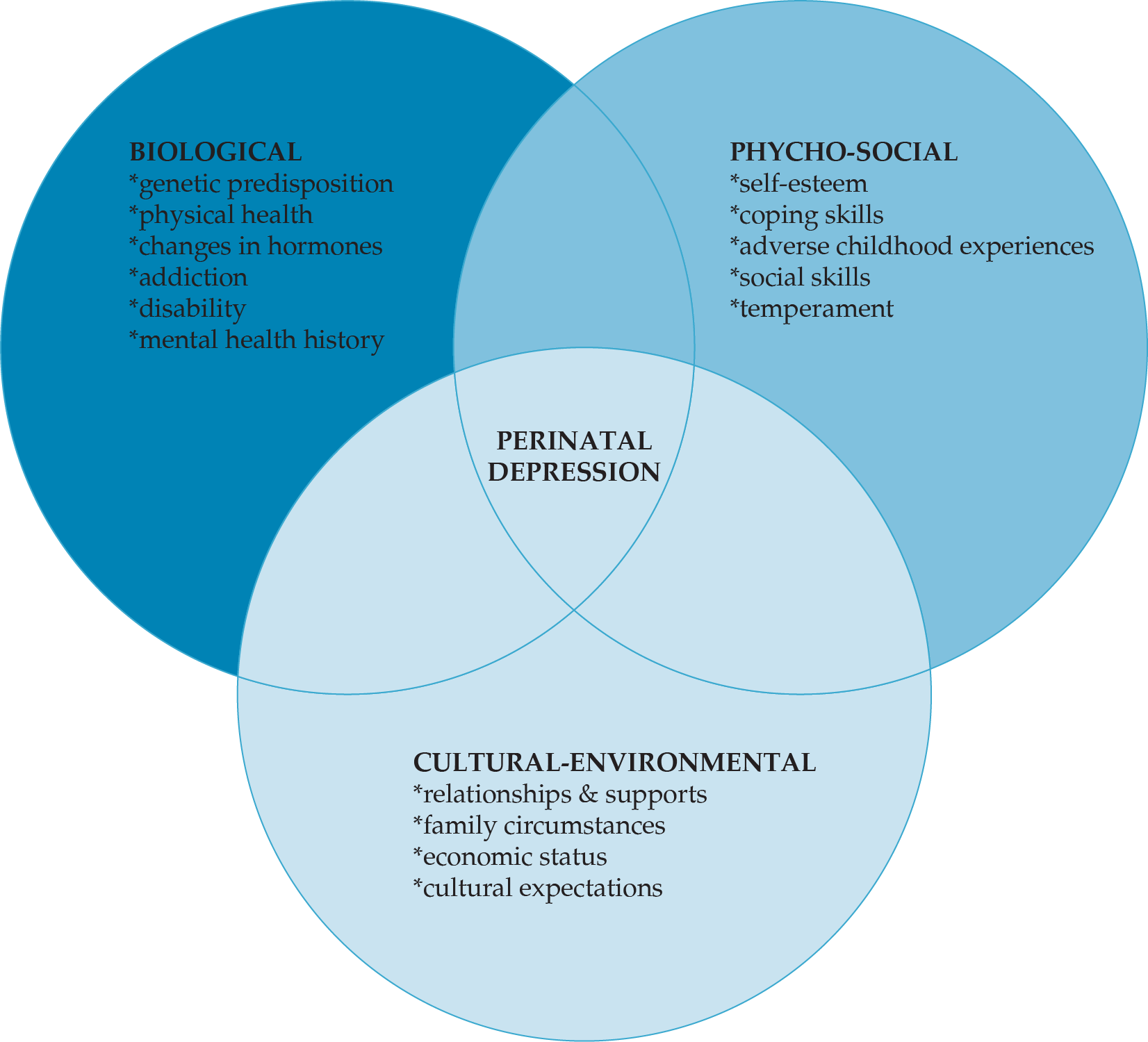
- Evidence that pregnant and postpartum women should be screened for depression using a validated tool, within the context of systems ensuring effective diagnosis, treatment and follow-up.
- Evidence that early identification and treatment with psychotherapy and pharmacotherapy can ameliorate perinatal depression
- Treatment discussions must involve shared-decision making between the patient and the provider accounting for both the risks of untreated illness and the risks of treatment.
- One in five women who screen positive for perinatal depression will have bipolar disorder; these women are at greatest risk for psychosis, suicide and infanticide. A bipolar disorder screen should be performed especially prior to initiating unopposed antidepressant pharmacotherapy and if positive, referral should be made to a psychiatric provider.
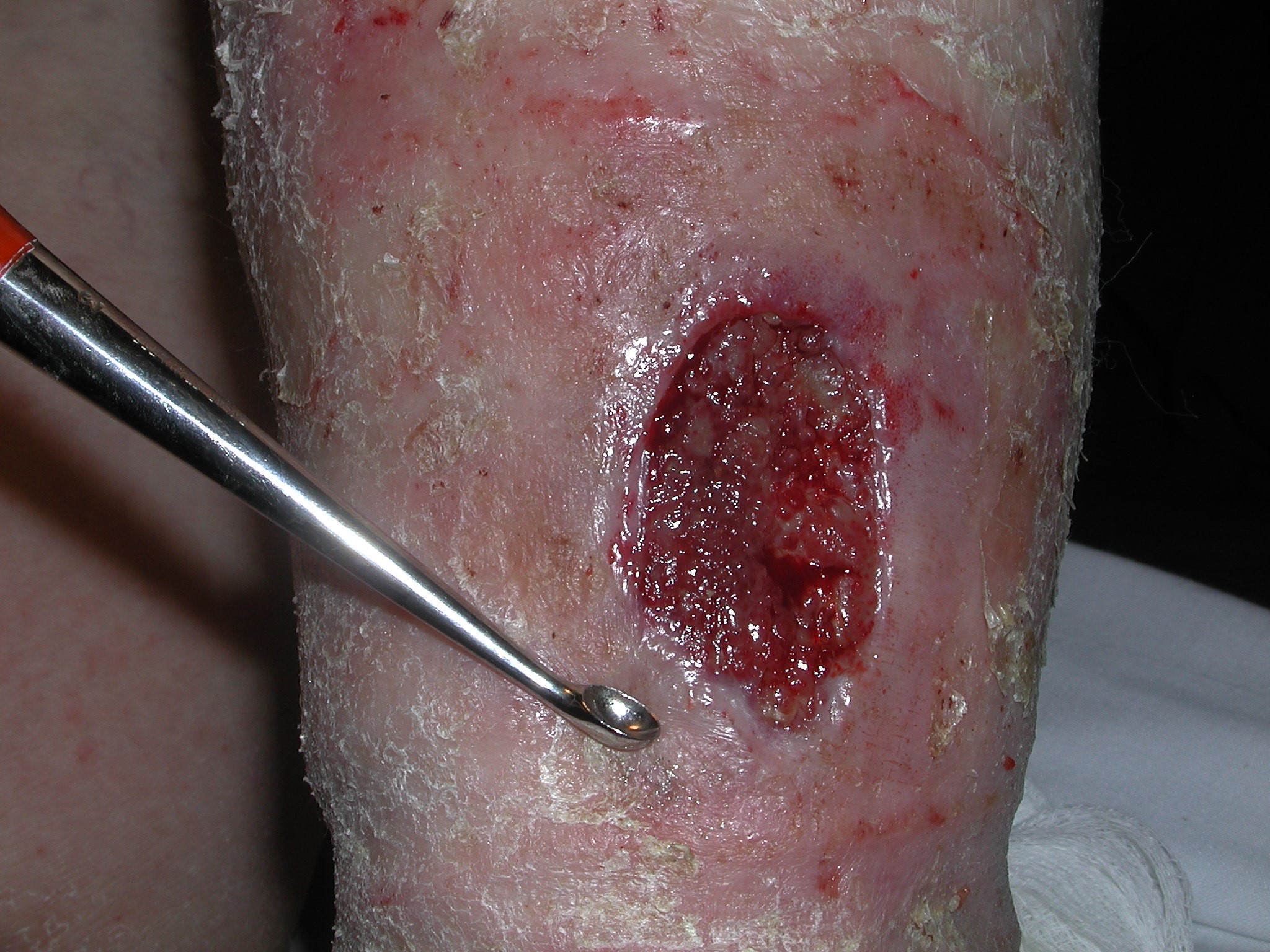
A Comprehensive Review of Wound Healing
- Update on wound healing, including its pathophysiology, symptoms, diagnostic workup, and treatment, as well as characteristics of different wound types
- Information on how to distinguish between the most common wound types: vascular ulcers, neuropathic/diabetic ulcers, pressure injury, and venous ulcers
- Knowledge of the four physiologic phases of wound healing to provide better understanding of the challenges in wound healing and treatment approaches
- Outline of methods to facilitate wound healing and their benefits and limitations
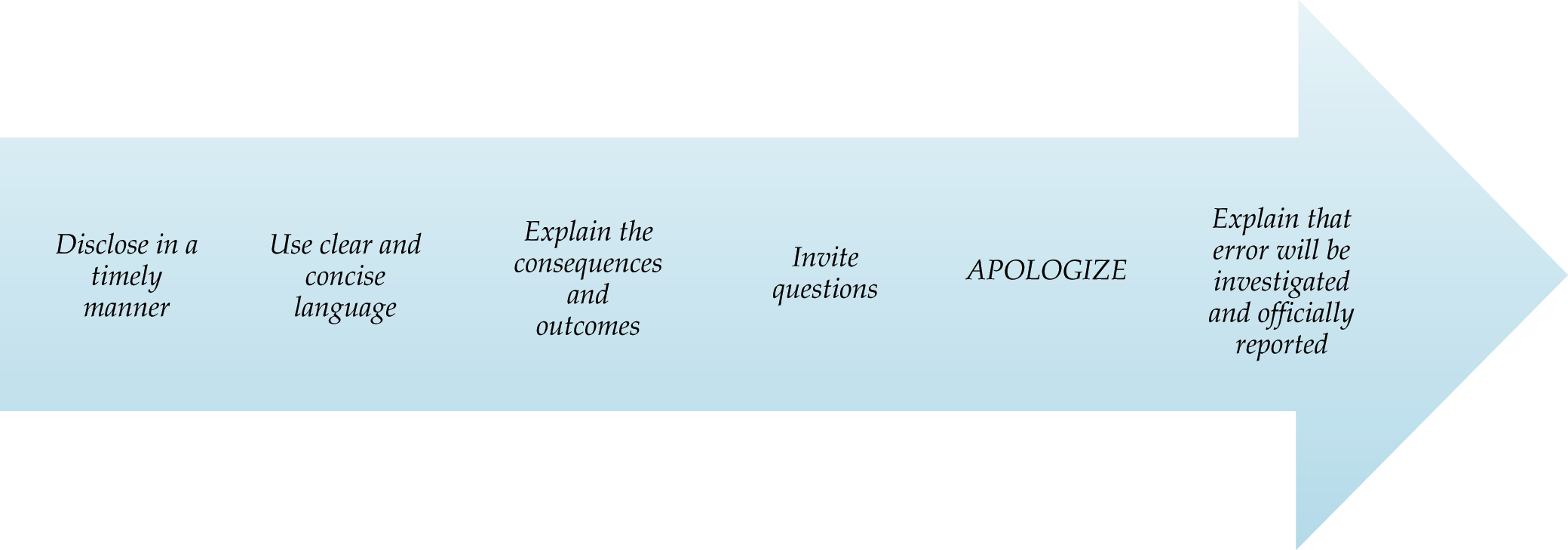
Disclosure of Error in the Intensive Care Unit
- Review of proper disclosure of medical error to patients and families
- Role of patient and family advisory councils in improving patient experience
- Using “just culture” to balance patient safety and accountability
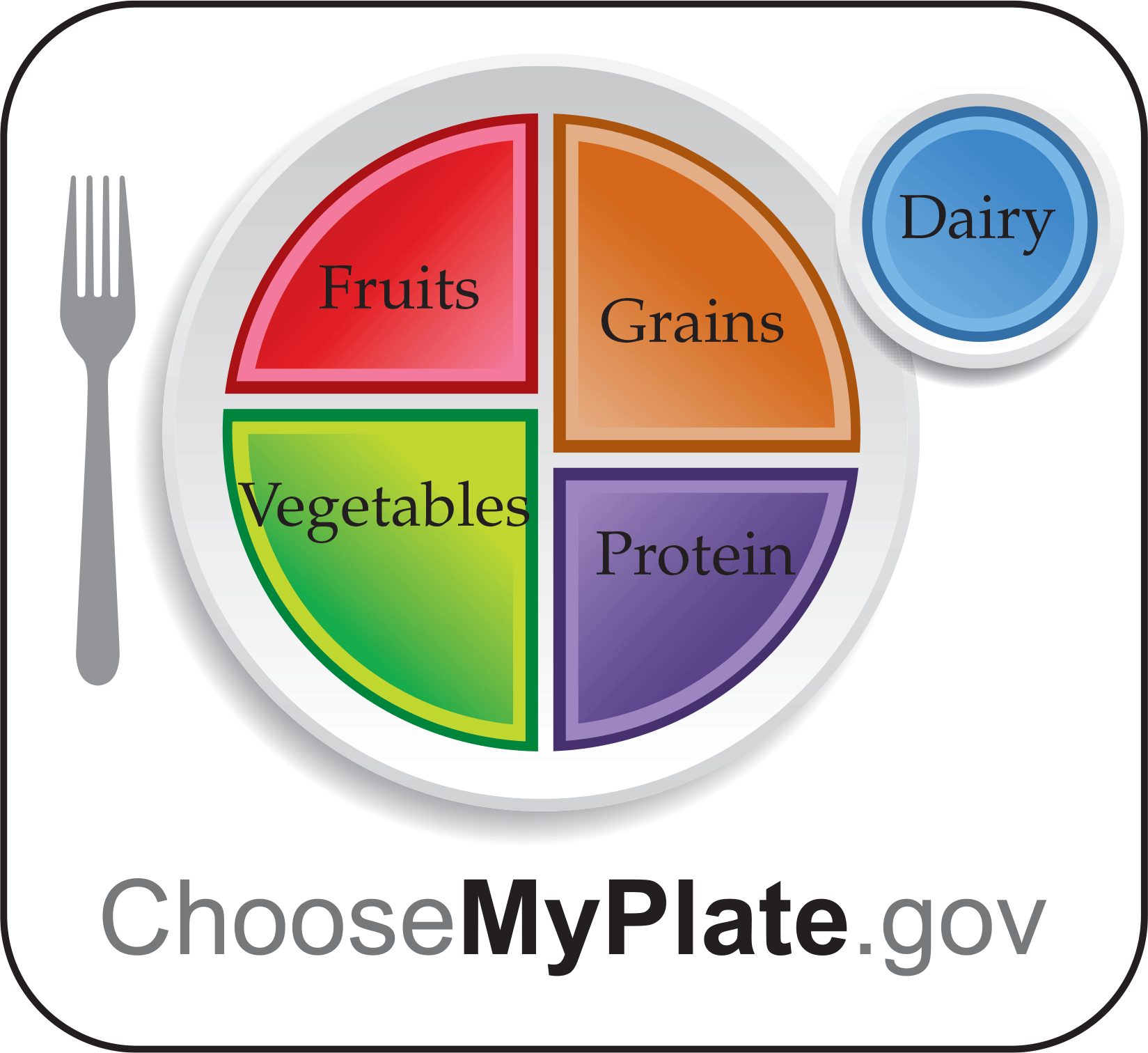
Nutrition For The Healthy Child
- Use both growth charts and nutrition-focused physical assessment to assess the growth trends of school-age children
- Use MyPlate as a teaching tool for school-age children when explaining the goals around a balanced diet
- Counsel the concept of “division of responsibility” to allow children to follow their own hunger and satiety cues, which can assist with mealtime behaviors and play a role in obesity prevention


.png)







